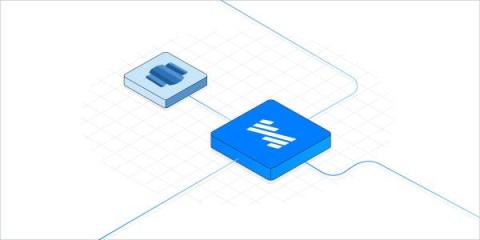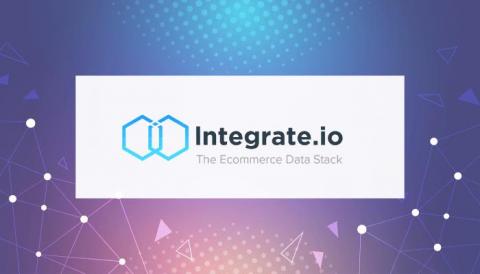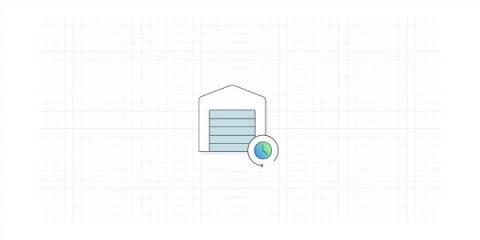Systems | Development | Analytics | API | Testing
Latest News
Here’s what you need to know about how to use your customer data platform (CDP) as your data warehouse: Whether you’re a mom-and-pop store or an ecommerce giant, understanding the customer journey is crucial to your organization’s success. When you collect data across a wide range of customer touchpoints, you can use this wealth of information for many different use cases: performing audience segmentation, improving your marketing campaigns, boosting customer engagement, and more.
Cost of Data Warehousing: Conventional Wisdom Versus Reality
This is a guest post with exclusive content by Bill Inmon. Bill Inmon is a prominent American computer scientist and prolific author, recognized by many as the father of data warehousing. Inmon has written over 60 books, including the first book exploring the core concepts of data warehouses. Inmon also held the first data warehousing conference and has written for many respected data management publications, as well as offering classes in data warehousing.
Blending Data in the Data Warehouse
This is a guest post with exclusive content by Bill Inmon. Bill Inmon “is an American computer scientist, recognized by many as the father of the data warehouse. Inmon wrote the first book, first magazine column, held the first conference, and was the first to offer classes in data warehousing.” -Wikipedia. Our key points: One of the characteristics of most computing and analytical environments is that the environment consists of only one type of data.
Burying the Data Warehouse - Why? | Integrate.io
This is a guest post with exclusive content by Bill Inmon. Bill Inmon “is an American computer scientist, recognized by many as the father of the data warehouse. Inmon wrote the first book, first magazine column, held the first conference, and was the first to offer classes in data warehousing.” — Wikipedia. Our critical points: Data warehouses are the whack-a-mole of technology.
How To Use Data Warehouses To Improve Your Business
Did you know that a data warehouse has the ability to completely transform your business operation’s data storage? Data warehouses serve as powerful tools in a variety of use cases in the business world. Data warehousing implementation allows companies to better process, transform, and utilize modern data. In addition, data warehouses improve how business data is stored, enhancing decision-making and business processes through more efficient data integration and data management methods.
I took Redshift Serverless for a spin - here's what I found
Today’s cloud data platforms have to be simple to use and provide an intuitive user experience while not sacrificing key features and functionality.
How to Connect ThoughtSpot to Amazon Redshift Serverless
Many businesses rely on Amazon Redshift Serverless for their cloud data warehouse and ThoughtSpot to derive insights from the data stored within. For this blog, I’m going to show you how to create a connection between Amazon Redshift Serverless and ThoughtSpot. It’s easy to connect Redshift with ThoughtSpot whether you have it running as a cluster which you have provisioned, or serverless.
ETL Methodologies: A Guide to Our Data Warehouse Integration Platform
Without data integration processes like ETL, today's businesses would hardly be able to make sense of the constant streams of data flowing into their tools. Of course, even though ETL is widely recognized as mission-critical to data management and business intelligence (BI) initiatives, that doesn't mean it's the most straightforward process to implement. For those looking to better understand how ETL can help their business, or what similar integration methodologies exist, this is the guide you need.
Beyond Sentiment Analysis: Environmental Factor Analysis
Sentiment analysis has long been recognized as valuable. It's through sentiment analysis that the corporation can start to hear the voice of the customer. And hearing what your customer is saying is probably the most important thing that any business can do. Stated differently, corporations that do not listen to their customers have a very finite lifespan.
5 benefits of real-time data warehousing
Businesses aiming to deliver superior digital experiences, retain customers and innovate rapidly must seek ways to get value from data faster, and this is where real-time data warehousing helps.











